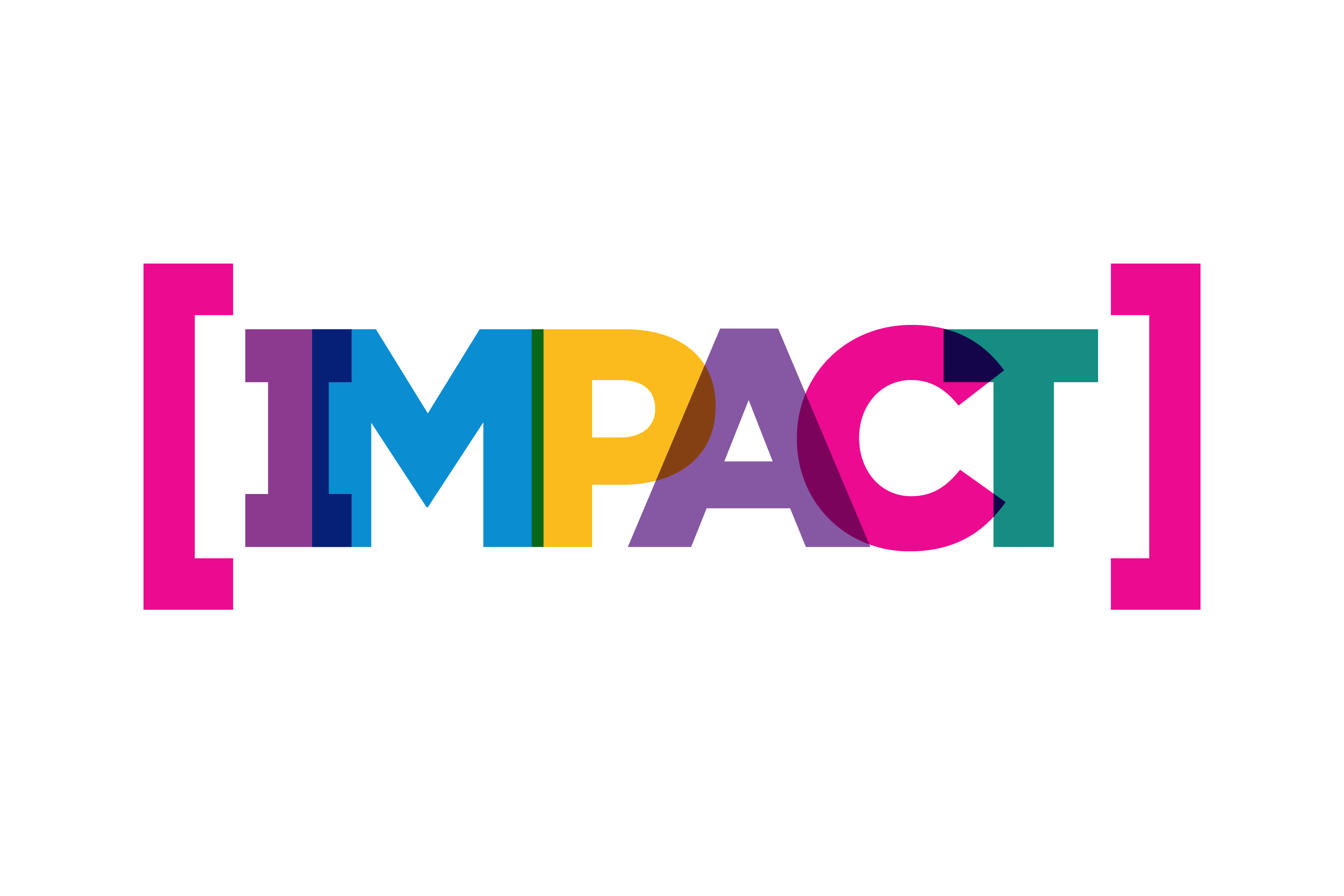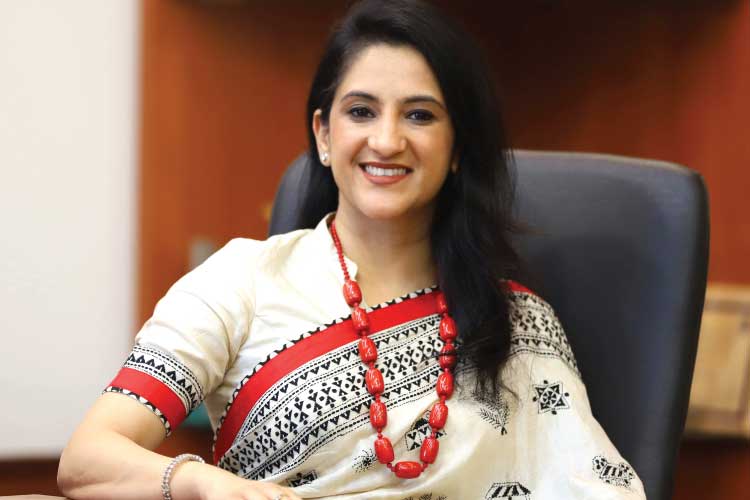Q] Mental health is often ignored, and there is stigma around it. What are your expectations from this campaign, which focuses on a sensitive subject like this?
The starting point of this movement was to get people to start thinking about their mental health as consciously as they do about their physical health. We are now building on this by moving into the second phase of our #HealthInsideOut campaign. Our objective for launching this campaign is four-fold. Firstly, we aim to de-stigmatise the issue by showing that it is a common problem; then create the realisation that some of these seemingly commonplace symptoms could be signs of mental illness, urging action by telling our audience to not ignore these underlying signs and educating people that help is available, whether it is medical or financial.
Q] What were the key insights behind your latest campaign?
During our multiple conversations with mental health experts and affected parties, we found that the first manifestation of mental health issues is inflicted on inanimate objects. The excessive squeezing of a stress ball, constant biting of nails or a t-shirt, the chewing of the top of a pencil or a pen cap, the constant shifting of the pillow, the throwing of things in rage – these could all be early symptoms of underlying mental health issues such as stress, anxiety, insomnia or anger. Using this insight, we decided to deliver our message by humanising such objects and tell a compelling story from their perspective, urging the audience to seek timely help and realise the gravity of these issues.
Q] What is the media mix and the kind of budget you’ve devoted to this initiative?
Social distancing has led to online social connectivity and visits to social media sites have increased by 19% last year over an already high base. Therefore Instagram, Facebook and YouTube are key mediums for us. We are seeing a shift towards Digital in media consumption patterns. There is a switch to OTT platforms, where we have seen an increase in viewership by 3-4 million. News consumption on digital platforms has increased, which is evident from the spike in visits to news websites by more than 40%, with the increasing popularity of apps such as Inshorts. We’ve also picked up a surge in search for health insurance by 23%, making Google even more central to our media planning. We will be present on all these digital platforms in a big way to promote our message.

ABOUT THE BRAND
Future Generali India Insurance Company Limited is a joint venture between Future Group and Generali, a 189 year old global insurance group. The company was incorporated in September 2007 with the objective of providing retail, commercial, personal and rural insurance solutions to individuals and corporates.
FACTS
Creative Agency: WondrLabs
Media agency: WondrLabs
Digital media marketing agency: WondrLabs
PR agency: Perfect Relations
PROFILE
Ruchika Varma is the Chief Marketing Officer of Future Generali India Insurance Limited (FGII). With over 18 years of experience across multiple sectors, Varma is responsible for marketing communications, product innovations, developing digital capabilities and partnerships and CSR at FGII.
MARKETING TIP
60% of brands are making new pieces of content every day. Your content is competing with them. Be brave. Be provocative. Be relevant. Be consistent. This will help break through the clutter.
Q] Mental health became a huge talking point since last year on account of the COVID-19 outbreak and its impact. Was this one of the reasons that made you focus on it in a big way?
Mental health has always been an issue in India. Five years ago, WHO had estimated that over 90 million Indians suffer from some form of mental illness, ranging from stress and anxiety to deeper issues like depression and trauma. The pandemic only made the situation worse. Our research on the impact of COVID-19 told us that a whopping 88% of Indians were deeply worried about their physical or financial health in the current context. As a brand that offers health insurance, Future Generali has made mental health a key pivot in its brand story. We want to lead the narrative on mental health by undertaking multiple initiatives to create awareness on this issue, spark positive conversations and offering differentiated value propositions.
Q] You also rolled out the Total Health Score to assess mental wellbeing last year. What kind of insights did you derive from that? Are consumers showing an interest in assessing their mental wellness?
We created the Total Health Score, a simple assessment tool, which is available on our website and mobile app, with the help of practising therapists and counsellors who understand the early signs of potential mental health issues. The conversation on #HealthInsideOut reached 100 million Indians, increased traffic to our website by 210% and enabled 42K app downloads. More than 3 lakh users came to explore and take the score. This initiative helped achieve the desired objective of sparking conversations around mental health and made it clear that India is ready to start looking at mental health seriously.
Q] The loss of employment and uncertainty due to the pandemic has affected cash inflows; how has that impacted growth for your company?
At FGII (Future Generali India Insurance), our primary job was to ensure that our customers could reach out to us to buy, renew, get serviced or claim easily and that we were accessible to them at all times. We launched relevant health products that covered treatment for COVID-19, we digitised our sales operations across the customer value chain, our underwriting went online, our policies were issued digitally and we invested in technology to enable our call centre and other employees to work from home. All of these initiatives improved our brand relevance and made our customer’s life easier, which has resulted in us growing at 13.1%, much faster than the private general insurance industry, which was fairly stagnant at 0.4%.






















